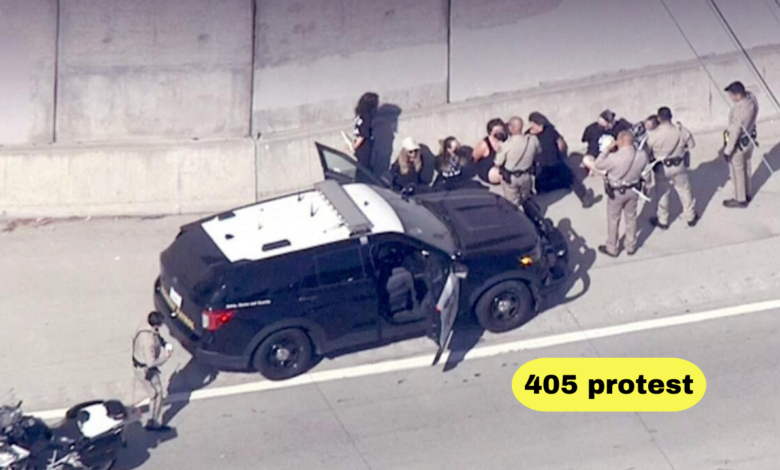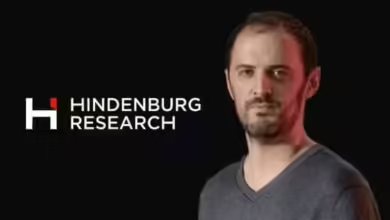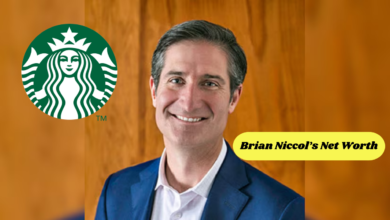405 Freeway Blocked by Protesters Demanding Social and Political Reforms

Today, one of Los Angeles’ busiest highways, the 405 Freeway, was brought to a standstill as protesters flooded the roadway, halting traffic and demanding urgent action on various social and political issues. The unexpected demonstration, which took place during the mid-afternoon, left commuters stranded and sparked widespread discussion about the role of civil disobedience in advocating for change. The protest, which was part of a broader movement pushing for reforms in areas such as climate action, police brutality, and housing rights, highlighted the growing tensions and frustrations among many citizens.
The Protest Unfolds
The 405 Freeway, often congested with traffic during the day, became the site of an impromptu protest that began around 3:30 PM. The demonstration started near the intersection with the 10 Freeway, a critical juncture that connects various parts of the city. Protesters, estimated to number in the hundreds, marched onto the freeway, effectively shutting down all lanes of traffic in both directions. The group carried signs with messages demanding climate justice, an end to police violence, affordable housing, and immigration reform.
As the protesters took their positions across the freeway, they began chanting and holding up banners, drawing the attention of drivers and passersby. Many commuters, caught off guard by the sudden blockade, expressed confusion and frustration as they found themselves trapped in their vehicles with no way to move forward. The protest quickly caused a significant traffic jam, with cars backing up for miles on either side of the blockade.
Police Response and Public Reaction
Law enforcement was alerted almost immediately, but reaching the scene proved challenging due to the traffic gridlock. The California Highway Patrol (CHP) and the Los Angeles Police Department (LAPD) eventually arrived to manage the situation. Officers began negotiating with the protest organizers, urging them to leave the freeway and allow traffic to resume. Despite the generally peaceful nature of the protest, tensions ran high as officers moved in to clear the roadway. Several protesters were arrested for obstructing traffic and participating in an unlawful assembly.
The protest also sparked intense reactions from the public. On social media, the event became a trending topic, with users expressing a range of opinions. Some supported the demonstrators, arguing that such drastic measures are necessary to draw attention to critical issues that have long been ignored. Others, however, criticized the protest, viewing it as an unnecessary disruption that caused inconvenience to thousands of people trying to go about their day.
“I get that people want to make a statement, but shutting down the freeway isn’t the way to do it,” one commuter posted on Twitter. “There are better ways to get your point across without causing chaos.”
The Issues at the Heart of the Protest
The 405 Protest was not driven by a single cause, but rather by a coalition of groups representing various social and political movements. Among the most vocal were climate activists, who have been calling for stronger environmental protections and more aggressive action to combat climate change. These protesters carried signs demanding that state and federal governments implement policies to reduce carbon emissions and invest in renewable energy.
Another key issue highlighted by the protesters was police reform. Following several high-profile cases of police brutality, activists are pushing for systemic changes to law enforcement, including greater accountability, the defunding of police departments, and the reallocation of resources to community services. This message resonated with many of the demonstrators, who see reforming policing as essential to achieving racial and social justice.
Housing rights advocates also joined the protest, emphasizing the growing crisis of homelessness and affordable housing in Los Angeles. With rent prices continuing to soar and more people being forced onto the streets, these activists are demanding immediate action from local and state governments to provide more low-income housing options and protect tenants from eviction.
The Impact and Aftermath
The 405 Protest today underscores the deep divisions and urgent issues facing Los Angeles and the broader United States. While the protest caused significant disruption, it also succeeded in drawing attention to the causes it championed, forcing people to confront the realities of climate change, police brutality, and the housing crisis.
As the protesters were removed and traffic slowly began to flow again, the questions they raised remained. For many, the protest served as a reminder of the power of civil disobedience and the lengths to which people will go to demand justice and change. For others, it was a source of frustration, highlighting the ongoing debate over the most effective ways to advocate for social and political reforms.
In the coming days, discussions about the 405 Protest are likely to continue, both in the media and among the public. Whether or not the protest will lead to tangible changes remains to be seen, but it has undoubtedly made an impact on the city of Los Angeles and the broader national conversation about activism and advocacy.



